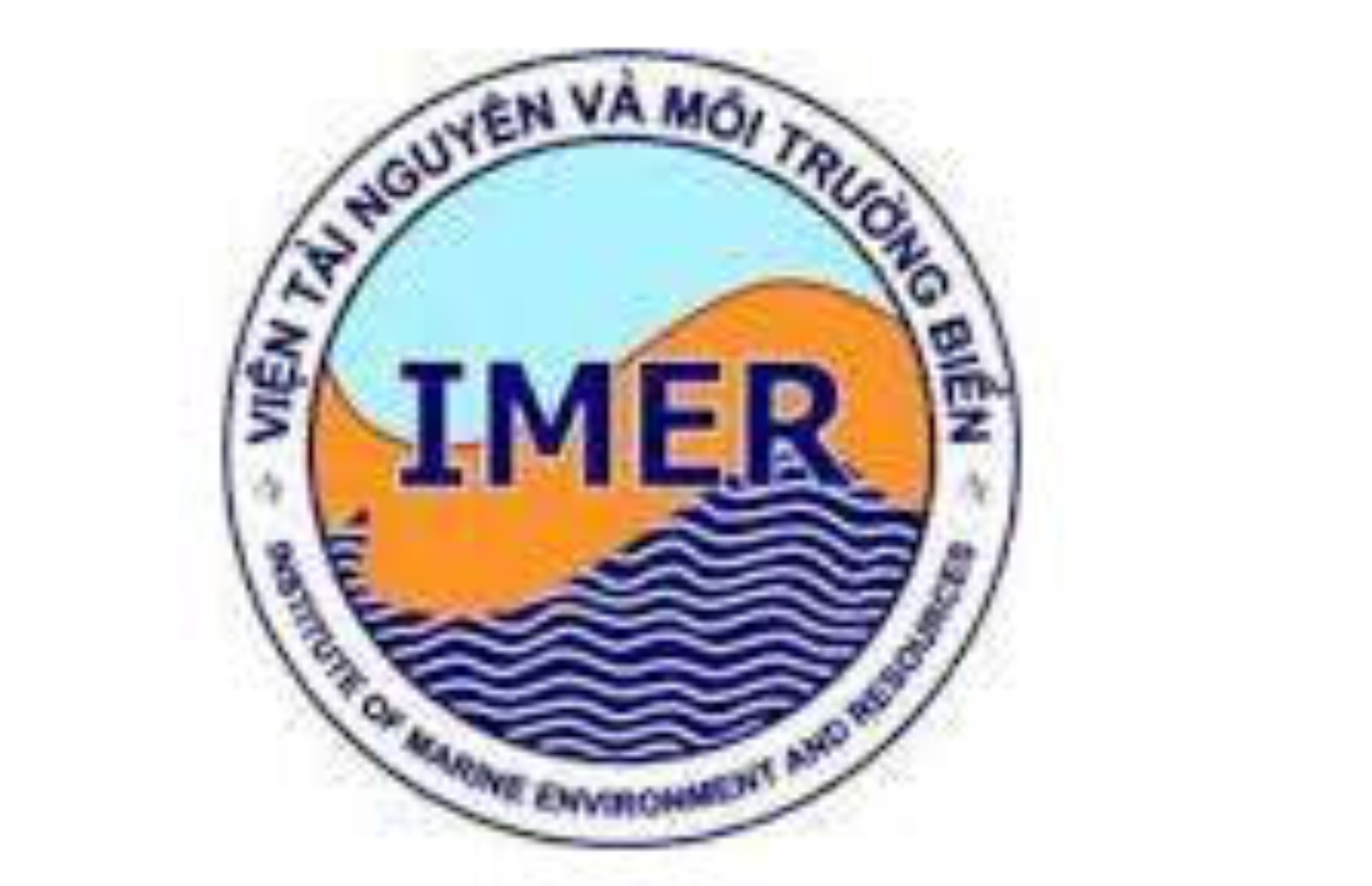Process of extraction and isolation of canthaxanthin from saline bacteria biomass Paracoccus carotinifaciens VTP20181 isolated in Vietnam
Author affiliations
DOI:
https://doi.org/10.15625/1859-3097/15788Keywords:
Canthaxanthin, Paracoccus carotinifaciens VTP20181, extraction process.Abstract
Canthaxanthin is a natural carotenoid, which can be biosynthesized from several different bacterial strains and exhibits a wide range of biological benefits such as antioxidant, immune booster, and vascular stabilization. Canthaxanthin is widely used in the food and pharmaceutical industries as a natural colourant, and its production from natural sources has been the topic of growing interest. In this study, we established the process of extracting, enriching and isolating canthaxanthin from the post-fermentation biomass of the saline bacteria Paracoccus carotinifaciens VTP20181 isolated in Vietnam at laboratory scale. This process consists of 5 steps: Dry biomass generation, dry biomass extraction, removal of saturated fat, fast column chromatography and slow column chromatography, canthaxanthin purification. Canthaxanthin compound is obtained with 98% purity. Canthaxanthin extraction and purification efficiency of the whole process reached 55.5%.Downloads
Metrics
References
Namitha, K. K., and Negi, P. S., 2010. Chemistry and biotechnology of carotenoids. Critical Reviews in Food Science and Nutrition, 50(8), 728–760.
![]()
Torrissen, O. J., and Christiansen, R., 1995. Requirements for carotenoids in fish diets. Journal of Applied Ichthyology, 11(3–4), 225–230.
![]()
Stahl, W., and Sies, H., 2005. Bioactivity and protective effects of natural carotenoids. Biochimica et Biophysica Acta (BBA)-Molecular Basis of Disease, 1740(2), 101–107.
![]()
Liñán‐Cabello, M. A., Paniagua‐Michel, J., and Hopkins, P. M., 2002. Bioactive roles of carotenoids and retinoids in crustaceans. Aquaculture Nutrition, 8(4), 299–309.
![]()
Liau, B. C., Shen, C. T., Liang, F. P., Hong, S. E., Hsu, S. L., Jong, T. T., and Chang, C. M. J., 2010. Supercritical fluids extraction and anti-solvent purification of carotenoids from microalgae and associated bioactivity. The Journal of Supercritical Fluids, 55(1), 169–175.
![]()
Peng, J., Yuan, J. P., Wu, C. F., and Wang, J. H., 2011. Fucoxanthin, a marine carotenoid present in brown seaweeds and diatoms: metabolism and bioactivities relevant to human health. Marine Drugs, 9(10), 1806–1828.
![]()
Novoveská, L., Ross, M. E., Stanley, M. S., Pradelles, R., Wasiolek, V., and Sassi, J. F., 2019. Microalgal carotenoids: A review of production, current markets, regulations, and future direction. Marine Drugs, 17(11), 640.
![]()
Palozza, P., Maggiano, N., Calviello, G., Lanza, P., Piccioni, E., Ranelletti, F. O., and Bartoli, G. M., 1998. Canthaxanthin induces apoptosis in human cancer cell lines. Carcinogenesis, 19(2), 373–376.
![]()
Veiga-Crespo, P., Blasco, L., Rosa dos Santos, F., Poza, M., and Villa, T. G., 2005. Influence of culture conditions of Gordonia jacobaea MV-26 on canthaxanthin production. International Microbiology, 8(1), 55–58.
![]()
Choubert, G., and Storebakken, T., 1989. Dose response to astaxanthin and canthaxanthin pigmentation of rainbow trout fed various dietary carotenoid concentrations. Aquaculture, 81(1), 69–77.
![]()
Suhonen, R., and Plosila, M., 1981. The Effect of Beta-Carotene in Combination with Canthaxanthin, Ro 8–8427 (Phenoro®), in Treatment of Polymorphous Light Eruptions. Dermatology, 163(2), 172–176.
![]()
Arden, G. B., Oluwole, J. O. A., Polkinghorne, P., Bird, A. C., Barker, F. M., Norris, P. G., and Hawk, J. L. M., 1989. Monitoring of patients taking canthaxanthin and carotene: an electroretinographic and ophthalmological survey. Human Toxicology, 8(6), 439–450.
![]()
Bhosale, P., and Bernstein, P. S., 2005. Microbial xanthophylls. Applied Microbiology and Biotechnology, 68(4), 445–455.
![]()
Khodaiyan, K., Faramarz, F., Razavi, S. H., Emam-Djomeh, Z., Mousavi, S. M. A., and Hejazi, M. A., 2007. Effect of culture conditions on canthaxanthin production by Dietzia natronolimnaea HS-1. Journal of Microbiology and Biotechnology, 17(2), 195–201.
![]()
Downloads
Published
How to Cite
Issue
Section
License
Copyright (c) 2020 Vietnam Journal of Marine Science and Technology

This work is licensed under a Creative Commons Attribution-NonCommercial-NoDerivatives 4.0 International License.









